
Steinberg Cubase Pro 9
The latest update to Cubase sees Steinberg’s DAW embrace single-window working and integrated sampling.

The latest update to Cubase sees Steinberg’s DAW embrace single-window working and integrated sampling.

Dorico is the biggest thing to happen to notation software for years. We explore the initial release and discover the thinking behind its innovative design.
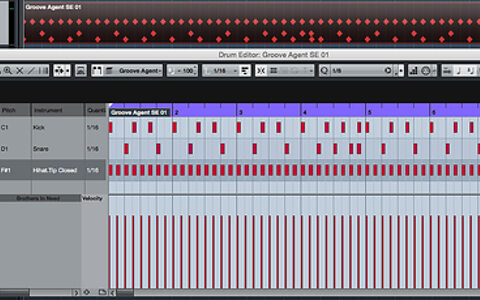
Cubase has all the tools required to add a human feel to your programmed acoustic drum parts.

In Ableton Live, I used to use a plug-in to split a channel so that I could do multiband processing. I’m now using Cubase Pro 8.5 and it doesn’t seem to work...
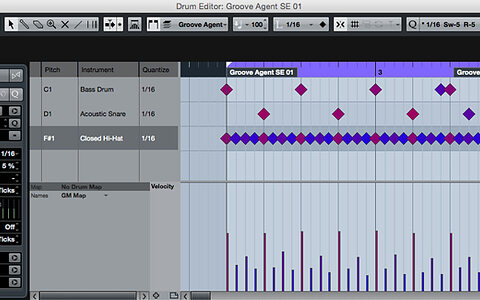
Don’t take Cubase’s dedicated MIDI Drum Editor for granted — it’s a gem!

Steinberg update Cubasis 2 with real-time time-stretching and a “carefully redesigned user interface”, which amounts to a flatter, cleaner design that’s a little crisper and more pleasing to the eye than previous versions.
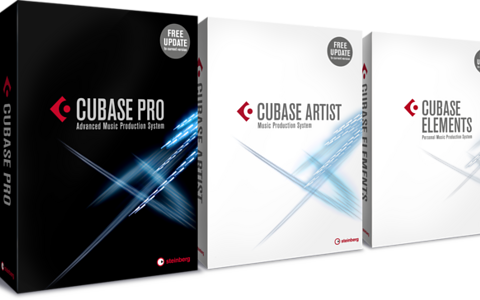
Steinberg have today announced Cubase 9, a substantial update to their DAW. The three new versions of...
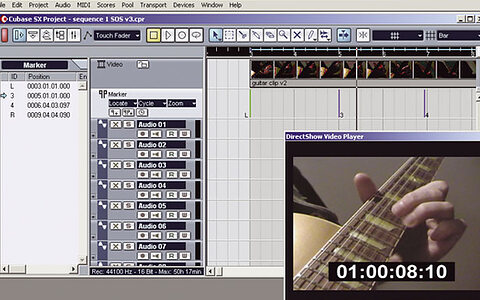
Until its recent update, Cubase SX did not have all the specific tools needed for easy tempo changes when, for example, working to picture — but a close look at the tools it does have reveals ways of getting the job done for those who haven't yet upgraded.

Steinberg have made available the results from a set of uniform Cubase SX tests that pitted different computers against each other — but what does it all mean for your choice of processor?
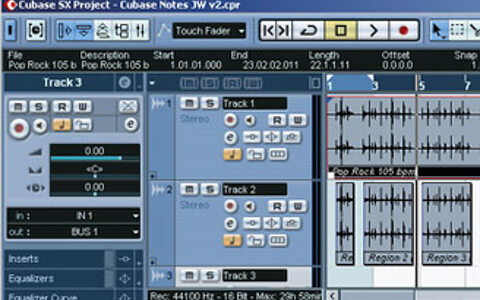
Cubase Notes offers a quick guide to speedy importing and editing of audio CD loops in SX.